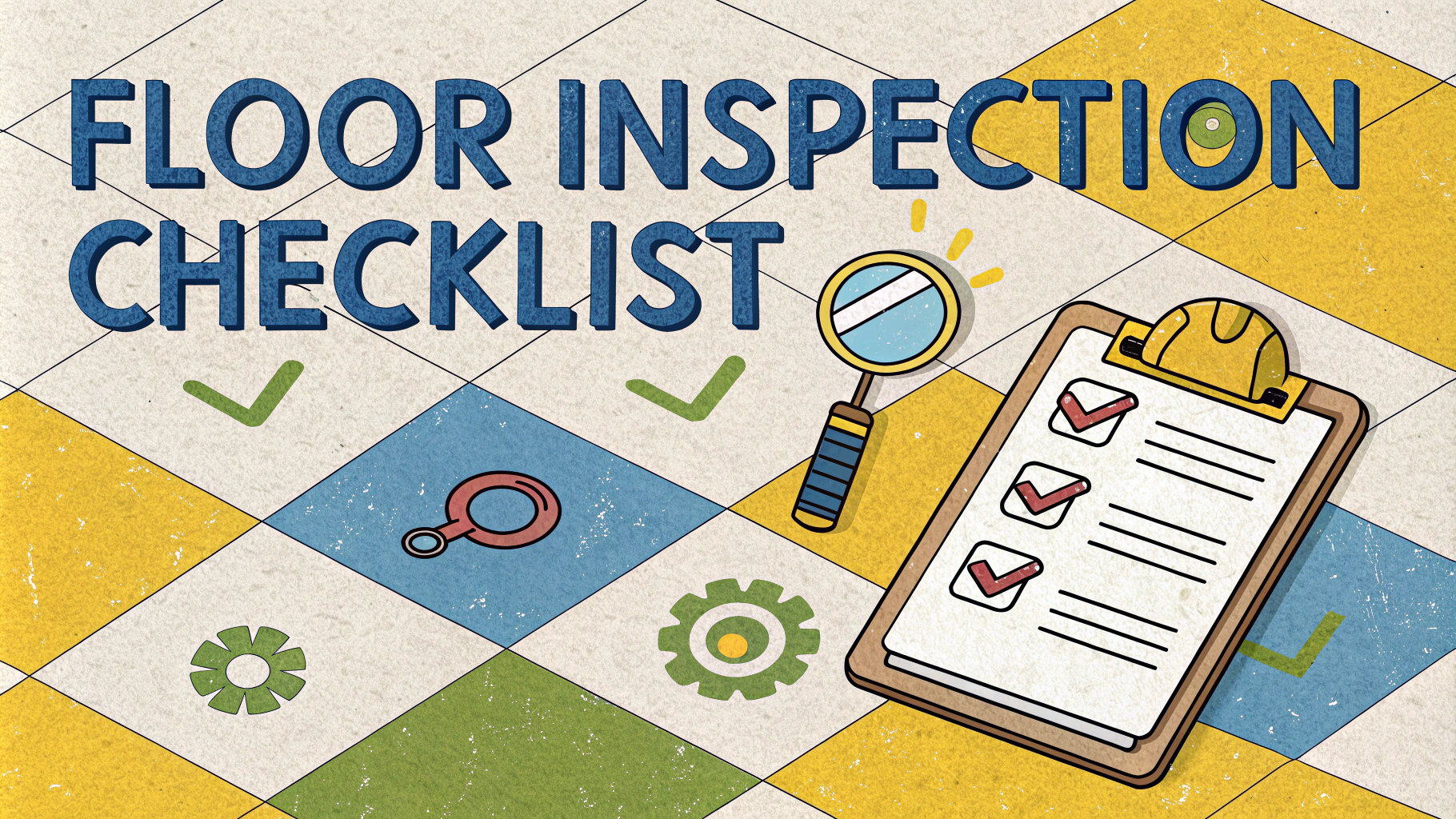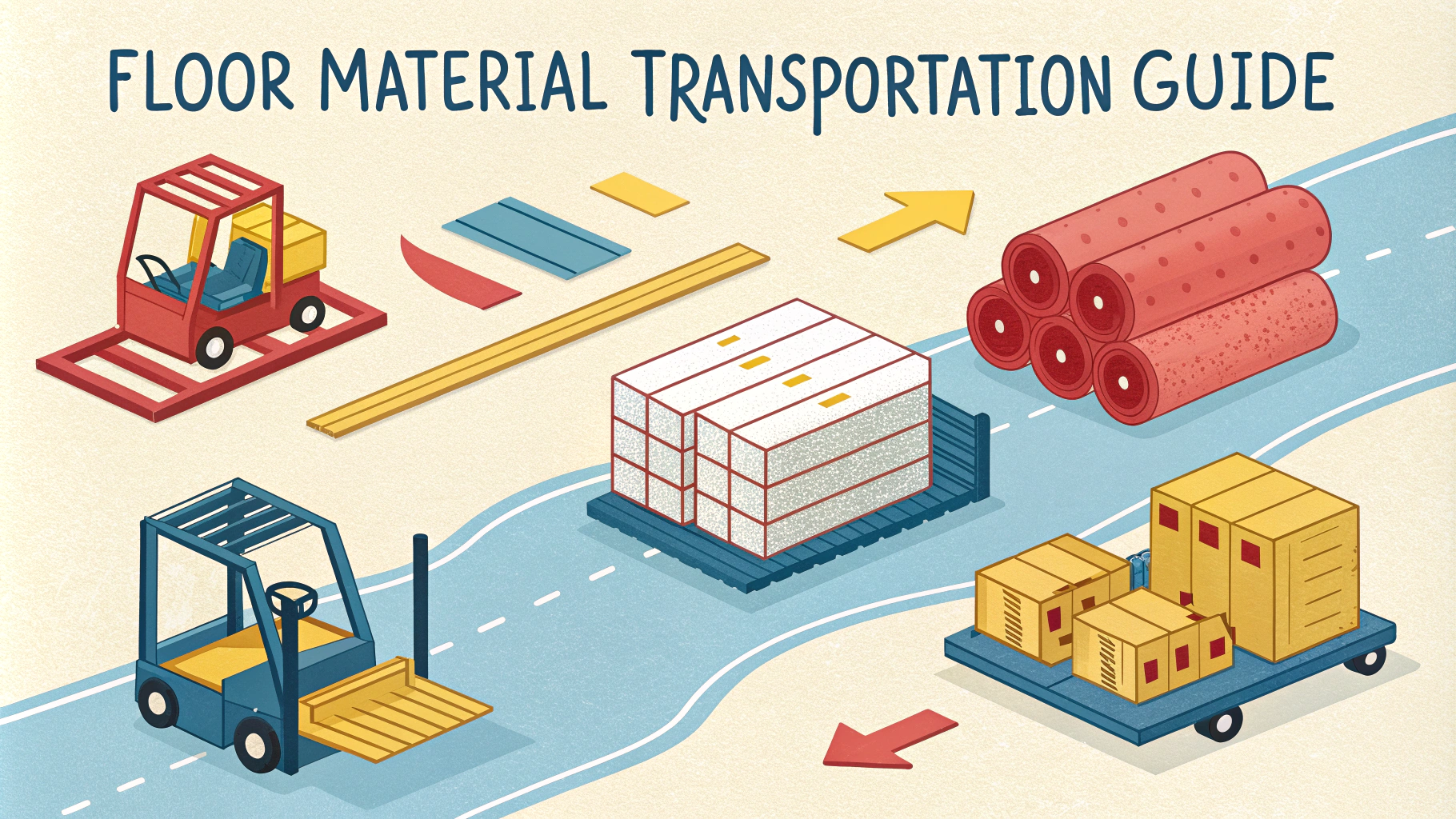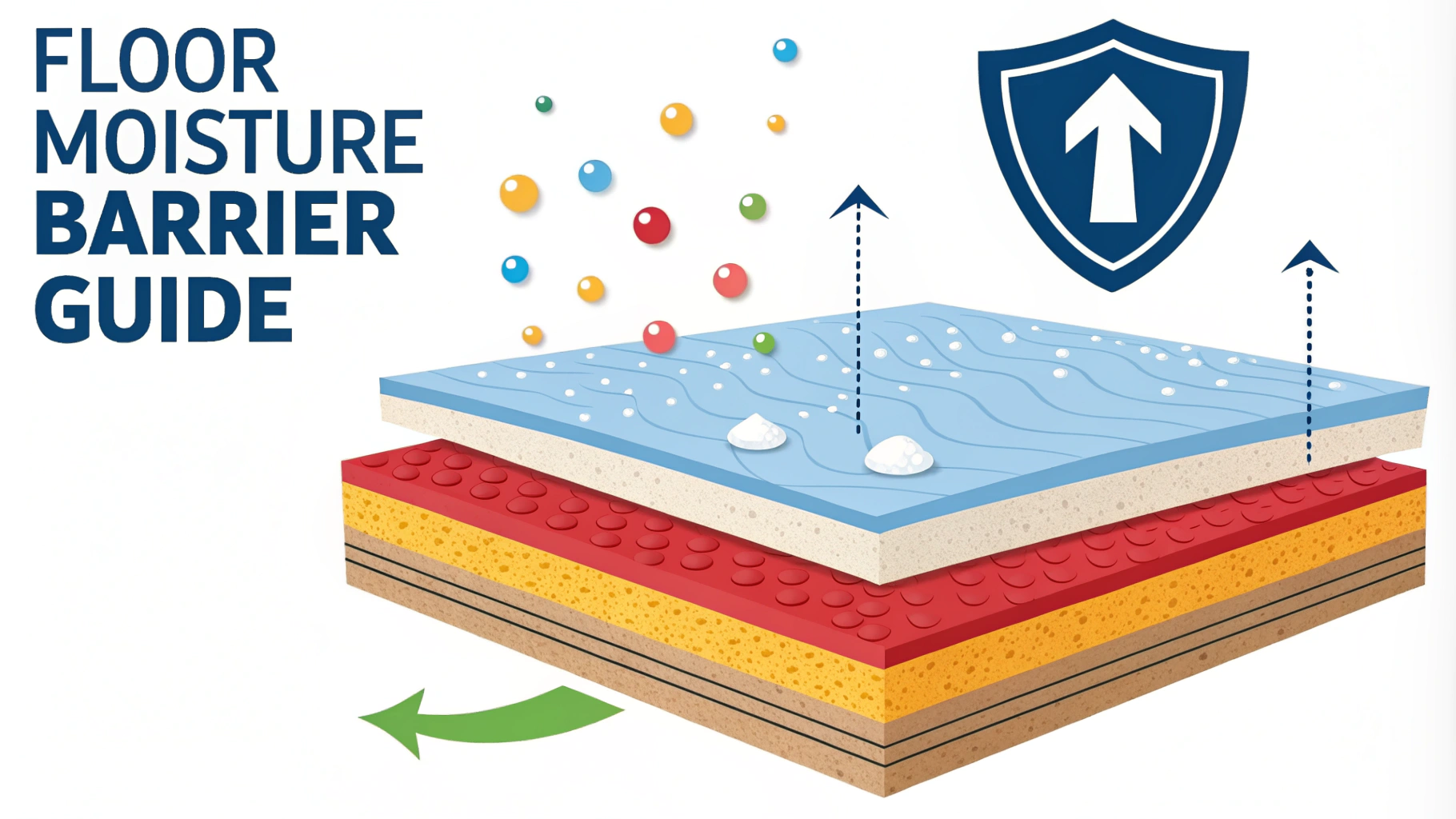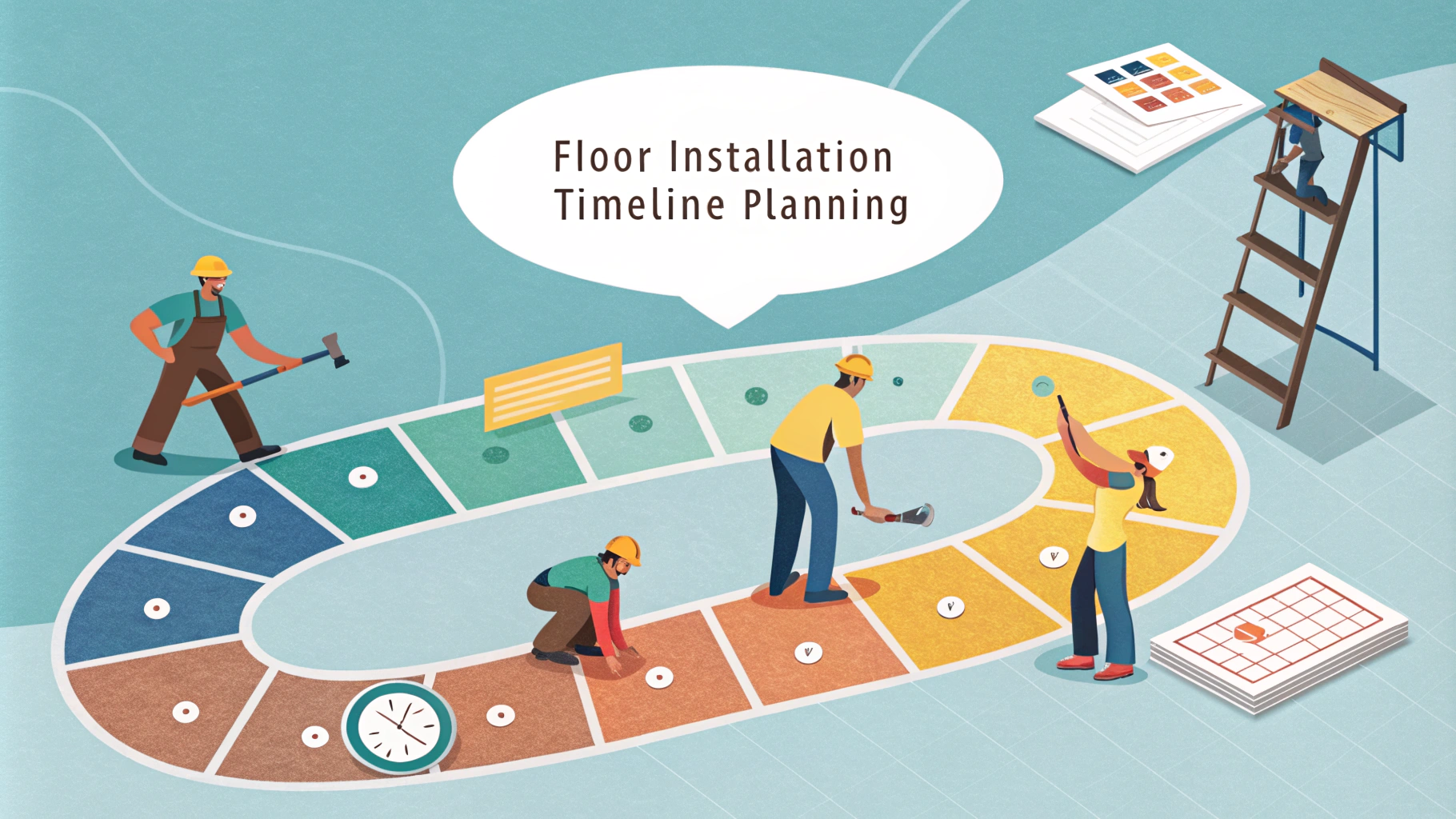Life cycle analysis (LCA) examines environmental impacts throughout a flooring product’s entire lifespan – from raw material extraction to disposal.
Understanding flooring LCA helps homeowners and designers make sustainable choices that minimize environmental impact while meeting performance needs.
This guide breaks down the key factors in flooring life cycle analysis and compares popular materials to help inform eco-conscious buying decisions.
Key Life Cycle Stages for Flooring
- Raw material extraction and processing
- Manufacturing and production
- Transportation and distribution
- Installation and use phase
- End-of-life disposal or recycling
Environmental Impact Factors
- Energy consumption – Manufacturing energy requirements
- Resource depletion – Use of finite materials
- Emissions – Greenhouse gases and pollutants released
- Water usage – Amount required for production
- Waste generation – Manufacturing and end-of-life waste
LCA Comparison of Common Flooring Materials
| Material | Lifespan | Environmental Impact | Recyclability |
|---|---|---|---|
| Hardwood | 25+ years | Medium | High |
| Bamboo | 20-25 years | Low | Medium |
| Vinyl | 10-20 years | High | Low |
| Ceramic Tile | 50+ years | Medium-High | Medium |
| Cork | 15-25 years | Low | High |
Tips for Choosing Sustainable Flooring
- Look for FSC-certified wood products
- Choose locally sourced materials when possible
- Select products with recycled content
- Consider durability and maintenance requirements
- Check for low-VOC certifications
- Research manufacturer’s environmental practices
Maintenance Impact on Life Cycle
Regular maintenance extends floor life and reduces environmental impact over time.
- Use eco-friendly cleaning products
- Follow manufacturer maintenance guidelines
- Repair rather than replace when possible
- Consider cleaning method energy and water usage
End-of-Life Options
- Reuse: Salvage and repurpose materials
- Recycling: Process into new products
- Donation: Give to building material reuse centers
- Disposal: Last resort when other options aren’t viable
Making Sustainable Choices
Consider the complete environmental footprint when selecting flooring materials.
Research manufacturer sustainability practices and third-party certifications.
Contact organizations like the U.S. Green Building Council for additional guidance on sustainable building materials.
Installation Best Practices
- Use low-VOC adhesives and finishes
- Minimize waste through proper measurements
- Save excess materials for future repairs
- Work with certified sustainable installers
- Properly dispose of installation waste
Certification Programs
- FloorScore: Indoor air quality certification
- GREENGUARD: Chemical emissions standards
- Cradle to Cradle: Circular economy certification
- Environmental Product Declarations (EPD): Life cycle impact data
Cost Considerations
Sustainable flooring often has:
- Higher initial investment
- Lower long-term maintenance costs
- Extended product lifespan
- Better resale value
- Reduced replacement frequency
Future of Sustainable Flooring
Emerging Technologies
- Bio-based materials
- Carbon-negative production
- Advanced recycling methods
- Smart maintenance systems
Industry Trends
- Increased transparency in LCA reporting
- Circular economy adoption
- Enhanced recycling infrastructure
- Stricter environmental regulations
Creating a Sustainable Future Through Informed Choices
Successful flooring selection balances environmental impact with practical needs. Consider complete life cycle impacts when making decisions.
Stay informed about new sustainable materials and technologies. Regular maintenance and proper disposal ensure minimal environmental impact throughout the floor’s life.
Choose manufacturers committed to sustainability and transparency in their environmental practices. Your flooring choices today impact the environment for generations to come.
FAQs
- What is a Floor Material Life Cycle Analysis (LCA)?
A Floor Material Life Cycle Analysis is a comprehensive assessment that evaluates the environmental impacts of flooring materials throughout their entire lifecycle, from raw material extraction through manufacturing, installation, use, and disposal. - Which environmental impacts are measured in flooring LCAs?
LCAs measure carbon footprint, energy consumption, water usage, air emissions, waste generation, resource depletion, and potential toxic releases during the flooring’s entire life cycle. - How does carpet compare to hardwood in terms of environmental impact?
Carpet typically has a higher environmental impact due to its synthetic materials, chemical treatments, shorter lifespan, and difficult recycling process, while hardwood, being natural and longer-lasting, generally has a lower lifetime environmental impact when sourced sustainably. - What flooring material has the lowest environmental impact?
Sustainably harvested bamboo, cork, and reclaimed wood typically have the lowest environmental impacts due to their renewable nature, minimal processing requirements, and natural biodegradability. - How does vinyl flooring perform in life cycle assessments?
Vinyl flooring generally shows high environmental impacts due to its petroleum-based materials, energy-intensive manufacturing process, and limited recyclability, though it scores well in durability and maintenance requirements. - What role does maintenance play in a flooring LCA?
Maintenance significantly impacts a floor’s environmental footprint through water usage, cleaning chemical emissions, energy for vacuum cleaning or buffing, and the environmental costs of replacement materials over time. - How does end-of-life disposal affect a flooring’s environmental impact?
End-of-life disposal can significantly affect environmental impact through landfill space, decomposition emissions, and recycling potential, with biodegradable materials and those easily recycled performing better in LCAs. - What certifications indicate environmentally preferred flooring materials?
Key certifications include FloorScore, GREENGUARD, Forest Stewardship Council (FSC), Cradle to Cradle, and Environmental Product Declarations (EPDs), which validate environmental performance claims. - How do transportation distances affect flooring LCA results?
Transportation distances impact the carbon footprint and overall environmental assessment, with locally sourced materials generally showing lower impacts due to reduced shipping emissions and energy use. - What is the typical lifespan considered in flooring LCAs?
LCAs typically consider 15-50 years depending on the material, with hardwood averaging 40-50 years, ceramic tile 50+ years, carpet 5-15 years, and vinyl 10-20 years under normal use conditions.







